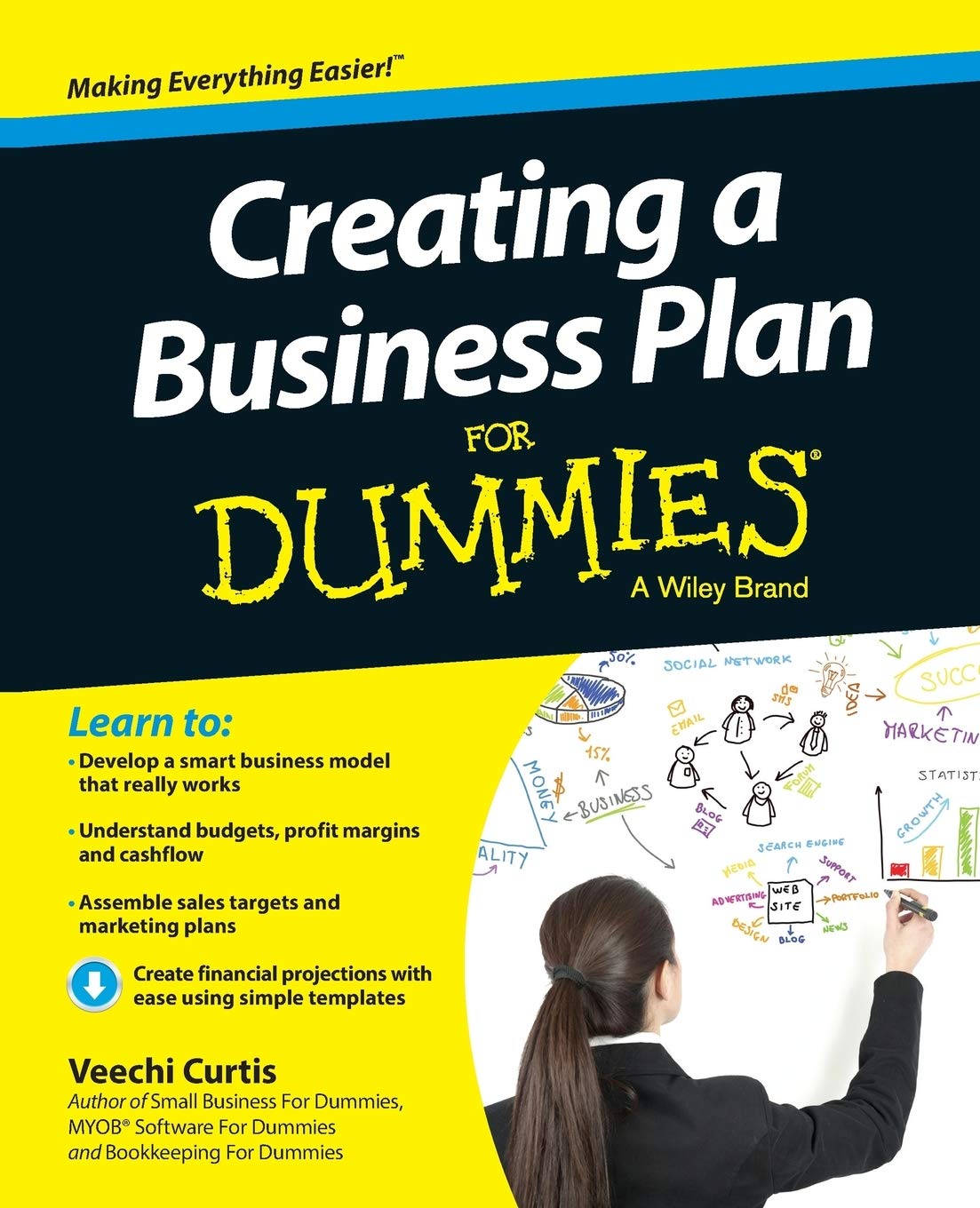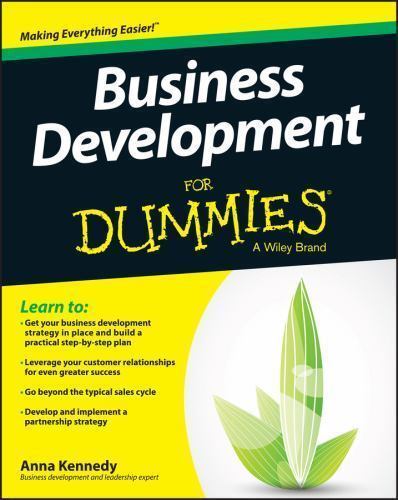Business continuity planning is a crucial aspect of any organization’s risk management strategy. It ensures that businesses can continue operating in the face of unexpected disruptions, such as natural disasters, cyber attacks, or pandemics. In this article, we will provide a step-by-step guide for dummies on the basics of business continuity planning.
Step 1: Understand the Importance of Business Continuity Planning
The first step in developing a business continuity plan is to understand why it is necessary. Disruptions can happen at any time and can have a significant impact on a business’s operations, finances, and reputation. By having a business continuity plan in place, organizations can minimize the impact of disruptions and ensure that they can continue functioning during challenging times.
Step 2: Identify Critical Business Functions and Processes
The next step is to identify the critical business functions and processes that are essential for the organization’s operations. This includes identifying key personnel, resources, and systems that are necessary for the business to function. By understanding these critical functions, organizations can prioritize their recovery efforts and ensure that they can continue operating during a disruption.
Step 3: Conduct a Risk Assessment
Once critical business functions have been identified, organizations should conduct a risk assessment to identify potential threats and vulnerabilities that could impact these functions. This includes assessing the likelihood and potential impact of various risks, such as natural disasters, cyber attacks, or supply chain disruptions. By understanding the risks that could affect their business, organizations can develop strategies to mitigate these risks and ensure business continuity.
Step 4: Develop a Business Continuity Plan
Based on the results of the risk assessment, organizations should develop a business continuity plan that outlines how they will respond to disruptions and ensure business continuity. This plan should include strategies for preventing, mitigating, and recovering from disruptions, as well as roles and responsibilities for key personnel. It should also include communication plans for keeping employees, customers, and other stakeholders informed during a disruption.
Step 5: Test and Update the Plan Regularly
Once a business continuity plan has been developed, it is important to test and update it regularly to ensure that it remains effective. This includes conducting drills and exercises to simulate different types of disruptions and testing the organization’s response. By testing the plan regularly, organizations can identify any weaknesses or gaps in their preparedness and make necessary adjustments to improve their response capabilities.
In conclusion, business continuity planning is an essential aspect of risk management for any organization. By following these steps and developing a comprehensive business continuity plan, organizations can ensure that they are prepared to respond to disruptions and continue operating during challenging times. Remember, it is always better to be prepared than to be caught off guard.















